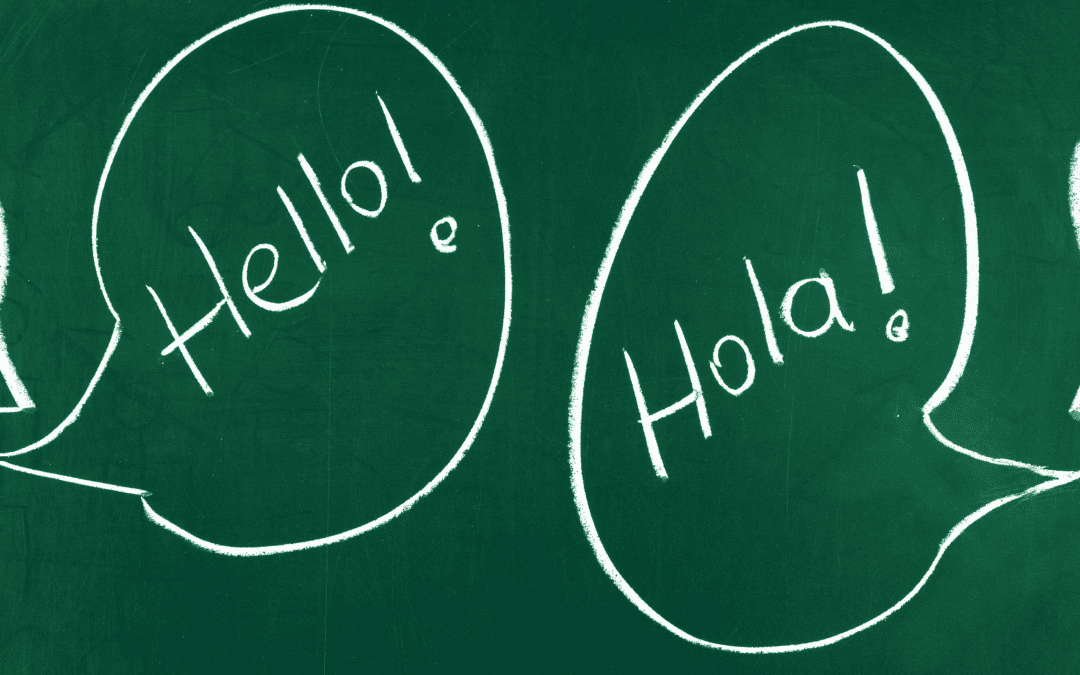Research into bilingualism has shown that learning a second language at an early age not only enhances communication skills but also has profound effects on cognitive development. Studies in neurolinguistics reveal that bilingual children outperform their monolingual peers in areas such as problem-solving, multitasking, and executive functioning. This article explores how nannies can play a key role in encouraging bilingualism and why it matters for brain development.
The Cognitive Benefits of Bilingualism
Learning two languages helps children strengthen their working memory and attentional control. A study from the *Journal of Experimental Child Psychology* found that bilingual children develop higher cognitive flexibility, meaning they can switch between tasks more easily and adapt to new situations. This cognitive flexibility is linked to better academic performance and long-term success in problem-solving tasks.
Strategies for Encouraging Bilingualism
Nannies can foster bilingualism through immersive experiences, like reading bilingual books or labeling household items in both languages. Research by Dr. Ellen Bialystok, a prominent cognitive neuroscientist, shows that even passive exposure—such as listening to songs or TV programs in the second language—can aid in language acquisition. It’s essential, however, to create a supportive environment where the child feels comfortable practicing both languages.
Social and Emotional Impacts
Beyond cognitive benefits, bilingualism also fosters cultural empathy and adaptability. Children who grow up bilingual are often more sensitive to social cues and can navigate multicultural settings with greater ease. Nannies can enhance this by incorporating cultural traditions from both languages into everyday activities, fostering not just linguistic but also social development.
Encouraging bilingualism is a powerful tool for brain development and social adaptability. By integrating a second language into everyday activities, nannies can help children develop cognitive and emotional skills that will benefit them throughout life.
References:
– Bialystok, E., & Craik, F. (2010). Cognitive and Linguistic Processing in the Bilingual Mind. Current Directions in Psychological Science.
– Carlson, S. M., & Meltzoff, A. N. (2008). Bilingual Experience and Executive Functioning in Young Children. Developmental Science.
If you’d like more information about bilingualism, especially using baby sign language, review our nanny course list for childcare training and certification.


Recent Comments